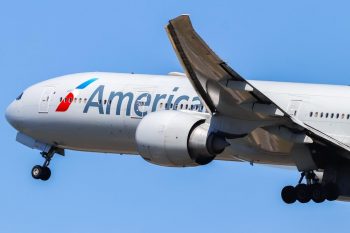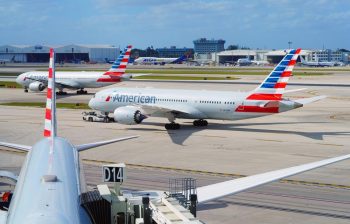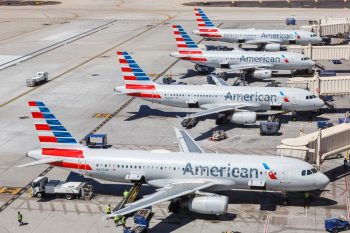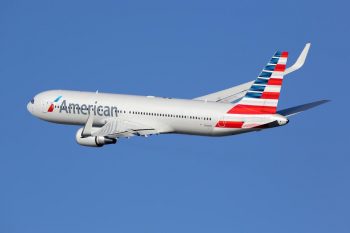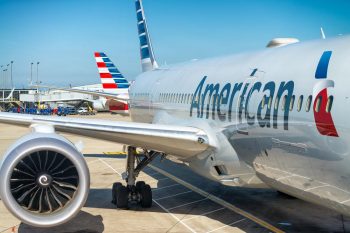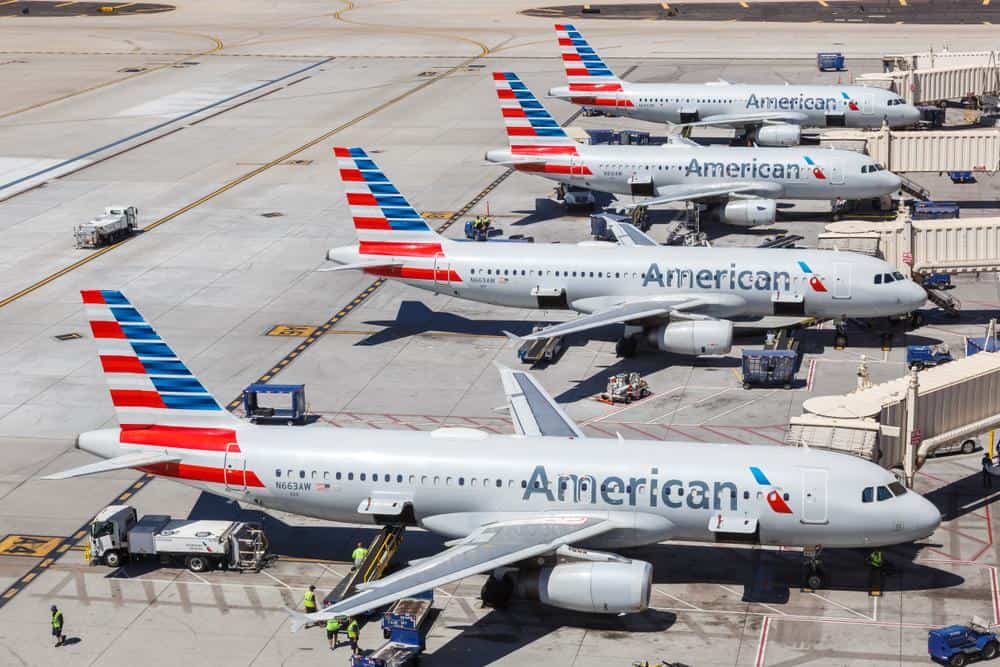
American Airlines, one of the largest airlines in the world, is known for its extensive network and high-quality service. But have you ever wondered how high American Airlines flights fly? In this comprehensive guide, we’ll delve deep into the flight altitudes of American Airlines and explore the factors that influence them. Let’s take off!
American Airlines, like most commercial airlines, typically flies at cruising altitudes between 33,000 and 42,000 feet. This altitude range is chosen to avoid turbulence, severe weather, and birds, while also optimizing fuel efficiency. However, the exact altitude can vary depending on factors such as weather conditions, aircraft performance, air traffic control regulations, and environmental concerns.
Standard Cruising Altitude
The standard cruising altitude for most commercial airplanes, including American Airlines, is between 33,000 and 42,000 feet. This altitude range is chosen because it allows airlines to avoid turbulence, severe weather incidents, and birds while also providing fuel efficiency due to reduced air resistance. To put this into perspective, the peak of Mount Everest measures 29,029 feet, indicating that American Airlines flights operate at altitudes higher than the world’s tallest mountain!
Factors Influencing Flight Altitude
Several factors influence the flight altitude for American Airlines:
- Fuel Efficiency: Higher altitudes result in better fuel efficiency due to the thin air creating less drag on the aircraft.
- Aircraft Performance: Factors such as air density, pressure altitude, and density altitude affect an aircraft’s performance.
- Weather Conditions: Temperature, humidity, and atmospheric instability can impact flight altitudes.
- Airport Infrastructure and Altitude: The altitude of the airport can also affect flight altitudes.
- Air Traffic Control Regulations: Flight level assignments for aircraft operating above 18,000 feet play a role in determining flight altitudes.
- Environmental Concerns: Airlines may participate in research to reduce the environmental impact of contrails, which can influence flight altitudes.
Weather Impact on Flight Altitude
Weather can significantly affect the altitude at which American Airlines flights operate. Turbulence, often associated with fronts, wind shear, and thunderstorms, can cause changes in altitude and attitude. High-density altitude, which occurs on hot and humid days, can impact flight operations, causing discomfort for passengers and increasing the workload for pilots.
To manage disruptions caused by severe weather, American Airlines has developed the Hub Efficiency Analytics Tool (HEAT). This tool optimizes data about weather, flight loads, customer connections, gate availability, and air traffic control or crew constraints to ensure that customers, crews, and aircraft keep moving when weather threatens to disrupt the schedule.
Passenger Experience at High Altitude
Altitude can impact the flight experience for passengers on American Airlines. Cabin pressure decreases as altitude increases, affecting passengers’ comfort. However, commercial aircraft cabins are typically pressurized to an equivalent altitude of 5,000-6,000 feet, lower than the actual cruising altitude, to maintain a comfortable environment for passengers.
Turbulence is another factor that can impact the flight experience at different altitudes. Turbulence can occur at any altitude, but it is more likely to be experienced at higher altitudes due to the effects of the jet stream.
Safety Measures and Protocols
American Airlines follows strict safety measures and protocols in relation to flight altitude. These include pre-flight passenger safety briefings, a Safety Management System (SMS), rigorous pilot training and certification, regular aircraft maintenance and inspections, compliance with Federal Aviation Administration (FAA) regulations, extensive cabin crew training, and comprehensive contingency plans for tarmac delays.
High Altitude Flights and Fuel Efficiency
High altitude flights can impact fuel efficiency for American Airlines. In a recent trial, American Airlines and Google reduced contrail formation by more than 50% by adjusting flight routes. However, the trial also showed that fuel use on contrail-producing flights could increase by about 2%. This slight increase in fuel consumption is a trade-off for the significant reduction in contrail formation and the associated environmental impact.
In conclusion, American Airlines typically flies at cruising altitudes around 35,000 or 36,000 feet, but this can vary based on a variety of factors. As we continue to explore new frontiers in aviation, American Airlines remains committed to providing a safe, comfortable, and efficient flying experience for all passengers.
Frequently Asked Questions
How do pilots deal with turbulence at high altitudes?
Pilots have several strategies to deal with turbulence. They can change the flight path to avoid turbulent areas, adjust the speed of the aircraft, or change the altitude. They also have access to weather radar systems that help predict and avoid areas of turbulence.
How does cabin pressure affect passengers?
As altitude increases, cabin pressure decreases, which can affect passengers’ comfort. However, commercial aircraft cabins are pressurized to an equivalent altitude of 5,000-6,000 feet to maintain a comfortable environment. This lower pressure can still cause minor discomfort for some passengers, like ear popping.
What is the significance of contrails in aviation?
Contrails, or vapor trails, are line-shaped clouds produced by aircraft engine exhaust. They can contribute to climate change by trapping heat in the Earth’s atmosphere. That’s why airlines, like American Airlines, are involved in research and trials to reduce contrail formation.
What measures does American Airlines take to ensure fuel efficiency?
American Airlines uses various strategies to ensure fuel efficiency. These include flying at higher altitudes where air resistance is lower, optimizing flight paths, and participating in research to reduce contrail formation.
What is the Safety Management System (SMS) in aviation?
The Safety Management System (SMS) is a systematic approach to managing safety in aviation, including the necessary organizational structures, accountabilities, policies and procedures. It helps airlines like American Airlines to identify and manage safety risks before they result in accidents.

